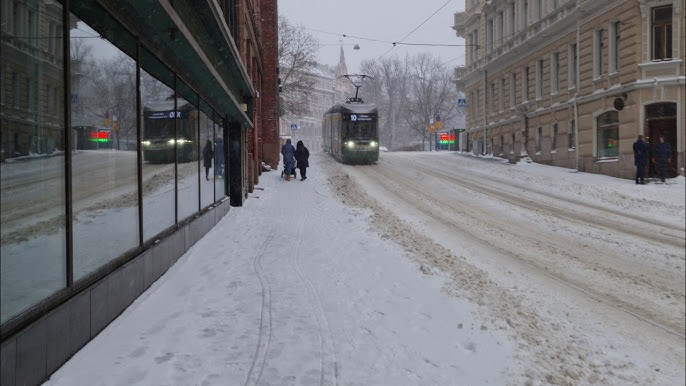As we look ahead to 2025, the allure of the coldest countries in the world continues to spark curiosity among travelers, researchers, and anyone intrigued by extreme climates. This article takes you on a frosty journey through the top ten nations where low temperatures define daily life. Picture vast snow covered landscapes stretching across Russia or the windswept icy plains of Canada. These places are not just cold; they are realms where winter reigns supreme all year long.
What makes a country one of the coldest on Earth? It often comes down to geography. Nations near the Arctic Circle or perched atop high altitude regions face relentless chills that set them apart. In this guide, we uncover the top ten coldest countries for 2025, spotlighting their unique climates and the incredible ways people adapt to such harsh conditions. From scientific discoveries to breathtaking natural wonders like the Northern Lights, these destinations offer more than just a shiver down your spine.
Are you someone who loves chasing adventure in the coldest places on Earth? Or maybe you are keen to learn how climate shapes life in these far flung corners? Either way, this list has something for you. We will explore countries known for their freezing temperatures, diving into what keeps them so chilly and why they remain fascinating in 2025. Think of Russia with its sprawling Siberian wilderness or Canada where frozen tundras stretch endlessly. These nations top the charts for a reason, and we are here to tell you why.
For those searching for the coldest countries in the world, this article is your go to resource. We have packed it with insights on climate patterns, survival stories, and the raw beauty of these icy lands. Whether you are planning a trip to the Arctic regions or just want to marvel at the resilience of communities in perpetual cold, our countdown of the top ten coldest countries for 2025 will leave you inspired. So, grab a cozy blanket and let’s dive into the chilliest spots our planet has to offer
Top Ten Coldest Country In The World 2025.
10. Estonia
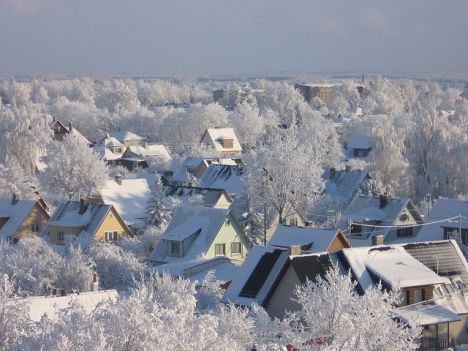
Estonia, a Baltic state in Northern Europe, experiences a temperate climate with four distinct seasons. Winters are cold and snowy, with January being the coldest month, where temperatures average -5°C (23°F), though they can drop below -20°C (-4°F) in inland areas like Harju County, including Tallinn. The country’s northern location and proximity to the Baltic Sea contribute to its chilly winters, with coastal areas slightly milder due to marine influence. Summers, by contrast, are mild, with July averaging 18°C (64°F). Rainfall is moderate, with 102 to 127 rainy days a year, heaviest in late summer. The climate is influenced by Atlantic air masses, making it less extreme than more continental neighbors.
Coldest Regions: Harju County, Tartu.
Climate Data: Average annual temperature 6.4°C (43.5°F), February lows -5.3°C (22.5°F) inland.
Unique Features: Known for bogs, meadows, and traditional saunas, offering warmth against the cold.
9. Sweden
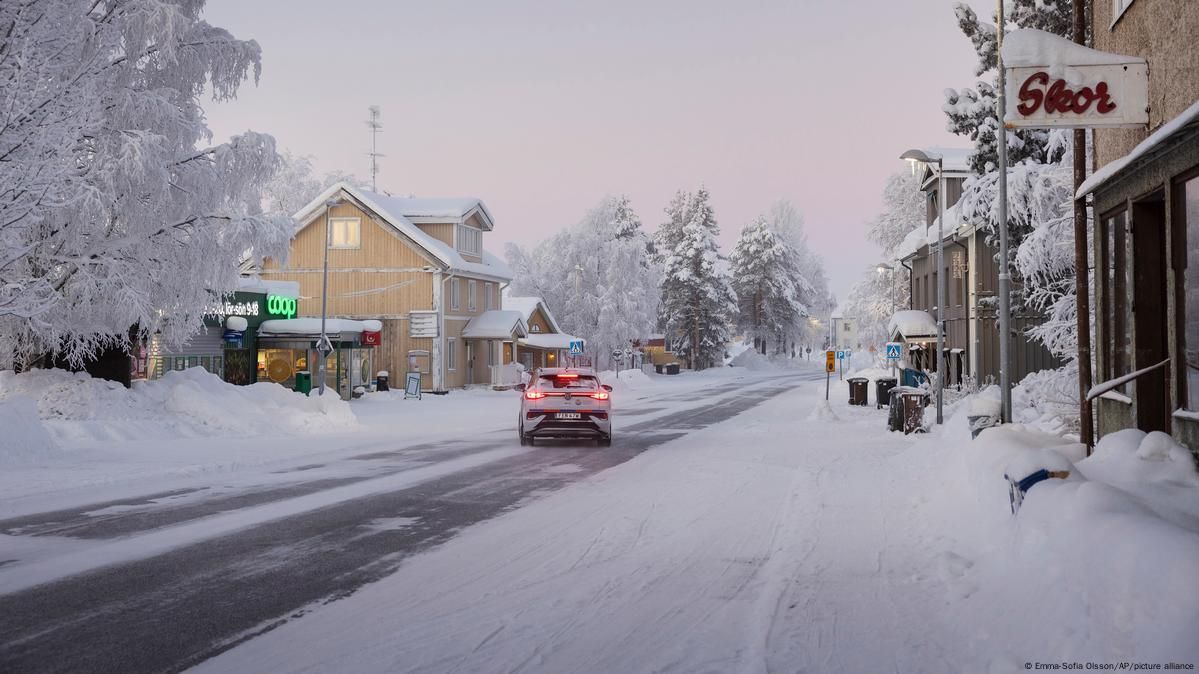
Sweden, stretching from the southern plains to the Arctic north, has a continental climate with significant regional variation. The northern region of Norrbotten, particularly Malgovik in Västerbotten County, holds the record for the lowest temperature at -53°C (-63.4°F). Winters are long and harsh, lasting from November to March, with temperatures often around -40°C (-40°F) in the north. Southern areas like Malmö are milder, but the country as a whole experiences snowy winters and short, mild summers. Recent cold snaps, like the -44.6°C (-48.2°F) recorded in Vittangi in January 2024, highlight its frigid potential. The Gulf Stream moderates coastal areas, but inland regions are bitterly cold.
Coldest Regions: Norrbotten, Västerbotten, with Kvikkjokk at -43.6°C (-46.5°F) in January 2024.
Climate Data: Average winter lows -9°C (16°F) to 3°C (37°F) in municipal seats, July highs 19°C (66°F) to 24°C (75°F).
Unique Features: Home to the Ice Hotel in Jukkasjärvi, a testament to adapting to cold with tourism.
8. Tajikistan
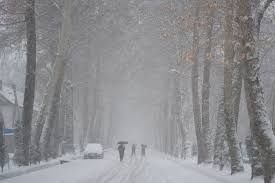
Tajikistan, landlocked in Central Asia, has a continental climate with extreme temperature swings due to its high elevation. The Pamir Mountains, particularly Bulunkul, are among the coldest, with recorded lows of -63°C (-81.4°F). Winters last from October to April, with heavy snowfall in the mountains, while Dushanbe, the capital, sees milder winters ranging from -1°C (30°F) to 8°C (46°F). Summers are hot and dry in lowlands, but the highlands remain cool. The country’s distance from oceans and high altitude contribute to its cold winters, with January being the coldest month, averaging -18°C (-0.4°F) in the Pamirs.
Coldest Regions: Pamir Mountains, Bulunkul at -63°C (-81.4°F).
Climate Data: Average January temperature -18°C (-0.4°F) in Pamirs, July +20°C (68°F).
Unique Features: Known for the Pamir Highway, a route through some of the coldest and most remote areas.
7. Iceland
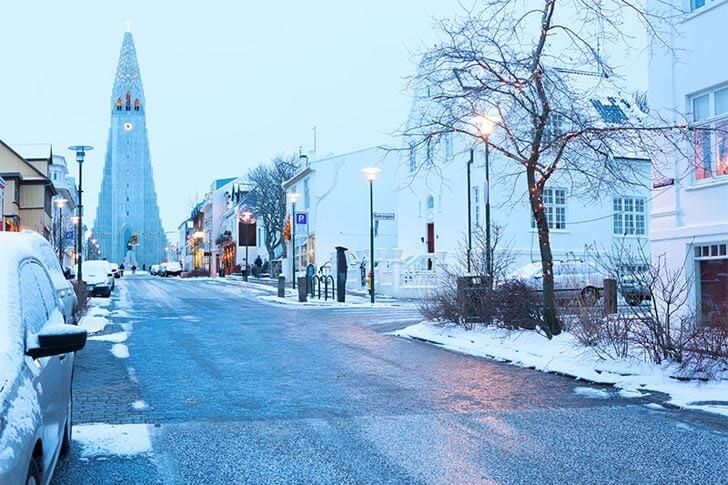
Iceland, despite its name, has a milder climate than expected due to the Gulf Stream, but remains cold due to its northern location. The highlands and northern regions, like Hornstrandir Nature Reserve, are the coldest, with winters averaging 0°C (32°F) in the south and dropping to -10°C (14°F) in the north. Snowfall occurs from October to April, with the heaviest in late December to February. The climate is oceanic, with frequent wind and rain, making it feel colder. Summers are short and cool, averaging 11°C (52°F) during the day, but the highlands can be below freezing even then.
Coldest Regions: Highlands, northern areas like Akureyri, with winter lows -10°C (14°F).
Climate Data: Average yearly temperature 0°C to 4°C (32–39°F), winter snowfall common.
Unique Features: Famous for glaciers, waterfalls, and the Northern Lights, offering cold weather tourism.
6. Finland
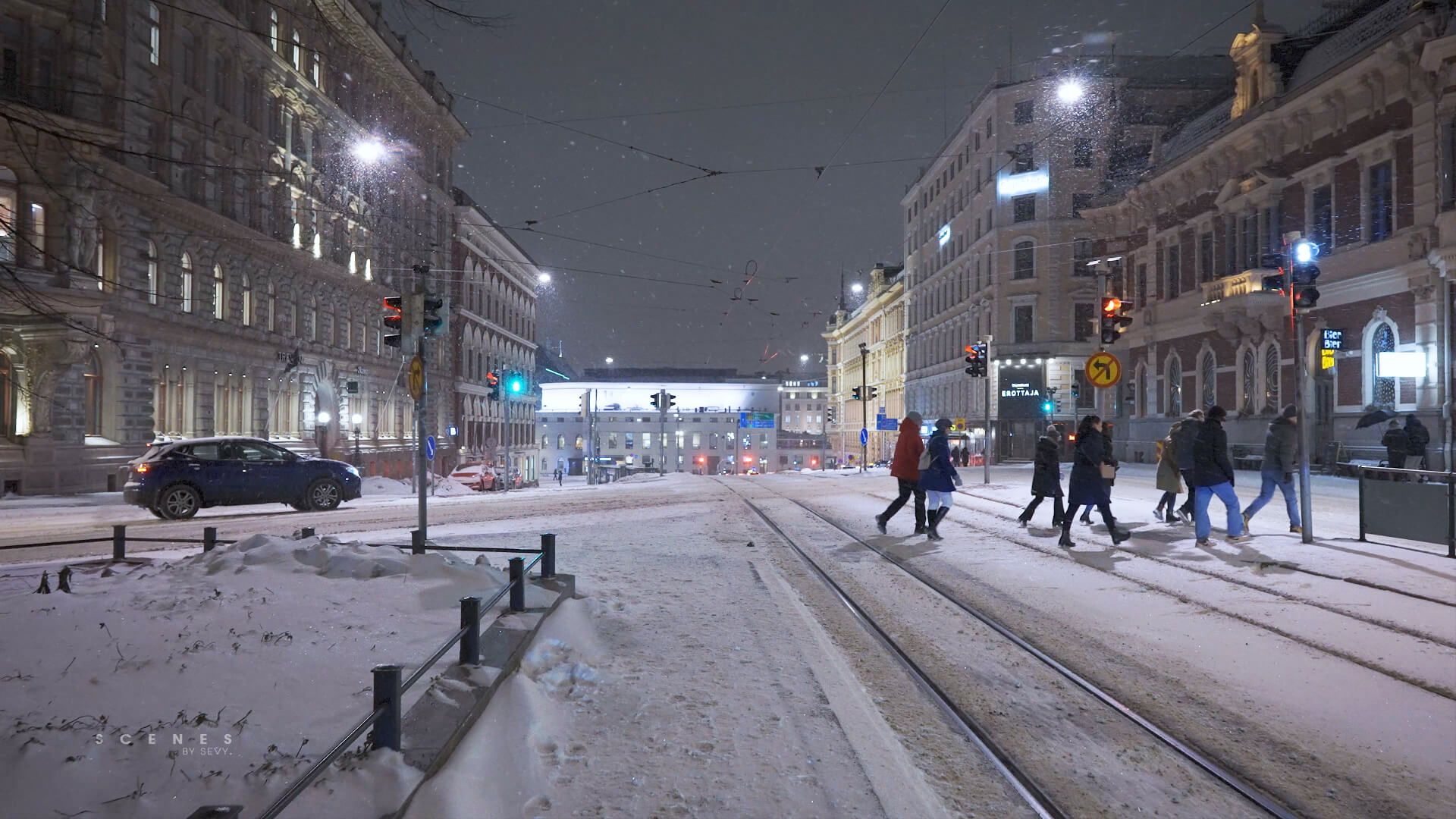
Finland, stretching into the Arctic Circle, has long, cold winters and short, cool summers. Lapland, particularly Karasjok, is the coldest, with winter temperatures dropping to -45°C (-49°F), and a record low of -51.5°C (-60.7°F) in 1999. Winters last from October to April, with heavy snowfall and long nights, especially in the north. Southern Finland, like Helsinki, has milder winters around 0°C (32°F), but still experiences significant snow. The climate is continental, with cold air from Siberia influencing its weather, and is known for frozen lakes and the Northern Lights.
Coldest Regions: Lapland, eastern Finland, with lows -45°C to -50°C in winter.
Climate Data: Average winter lows -35°C to -45°C elsewhere, -25°C to -35°C coastal.
Unique Features: Home to Santa Claus Village in Rovaniemi, a major winter tourism destination.
5. Kyrgyzstan
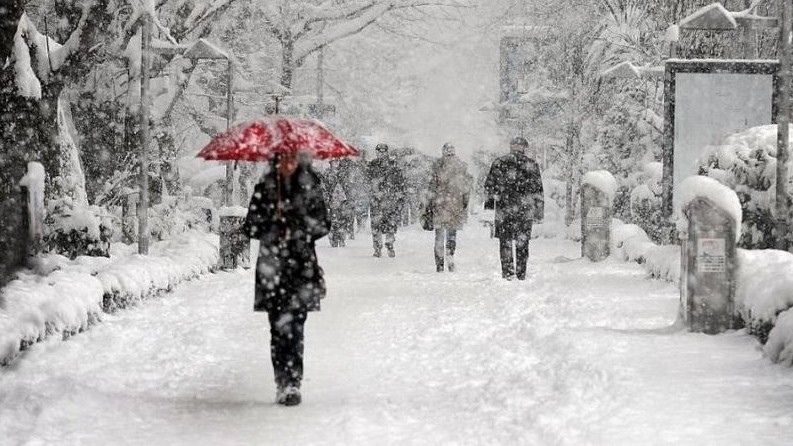
Kyrgyzstan, in Central Asia, has a continental climate with cold winters and warm summers. High altitude regions like Naryn are the coldest, with winter temperatures often reaching -30°C (-22°F), and a record low of -53.6°C (-64.5°F). Winters last from December to February, with heavy snowfall in the mountains. Summers are short and warm, averaging 31°C (87.8°F) in Bishkek, but the mountains remain cool. The country’s landlocked position and high elevation lead to significant temperature variations, with nomadic traditions adapting to these extremes.
Coldest Regions: Naryn, Tian Shan Mountains, with lows -30°C (-22°F).
Climate Data: Average winter high 3°C (37.4°F) in Bishkek, summer 31°C (87.8°F).
Unique Features: Known for ski resorts and remote villages, offering cold-weather adventures.
4. Norway
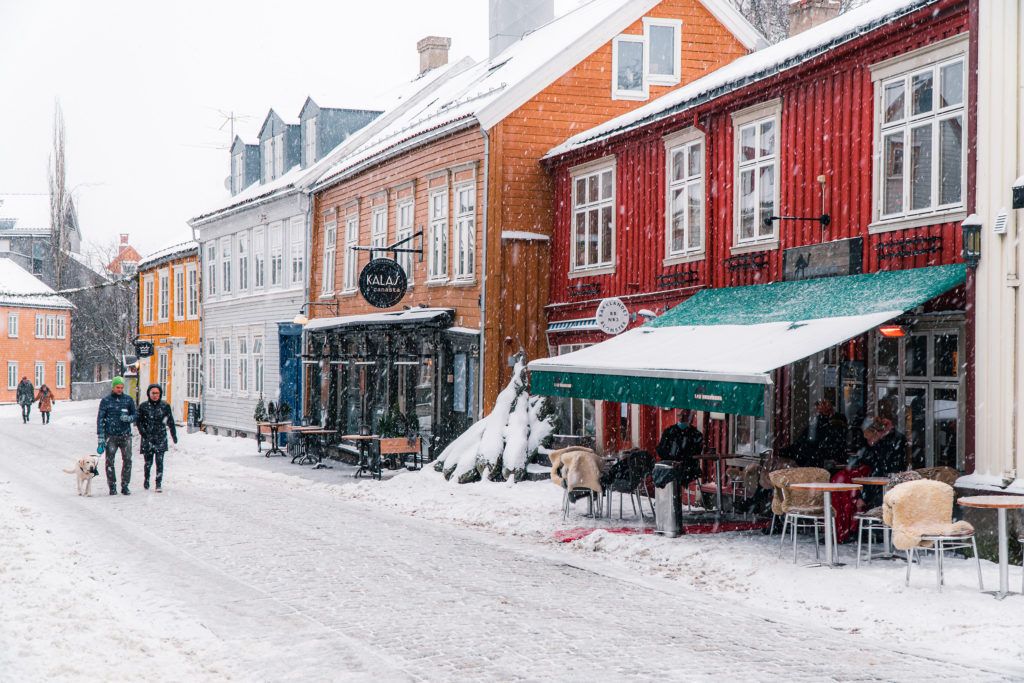
Norway, stretching from the Arctic Circle to the North Sea, has a varied climate. Northern regions like Finnmark and Troms are the coldest, with winters around -30°C (-22°F), and Karasjok recording -51°C (-60°F). Coastal areas, influenced by the Gulf Stream, are milder, with winters around 0°C (32°F), while inland areas experience harsher conditions. Winters last from December to March, with significant snowfall inland. The climate is maritime in the west and continental in the east, with long winters and short summers, known for fjords and the Northern Lights.
Coldest Regions: Finnmark, Troms, with lows -51°C (-60°F) in Karasjok.
Climate Data: Average winter lows -10°C to -20°C inland, coastal around 0°C (32°F).
Unique Features: Famous for dog sledding, ice fishing, and midnight sun in summer.
3. Mongolia
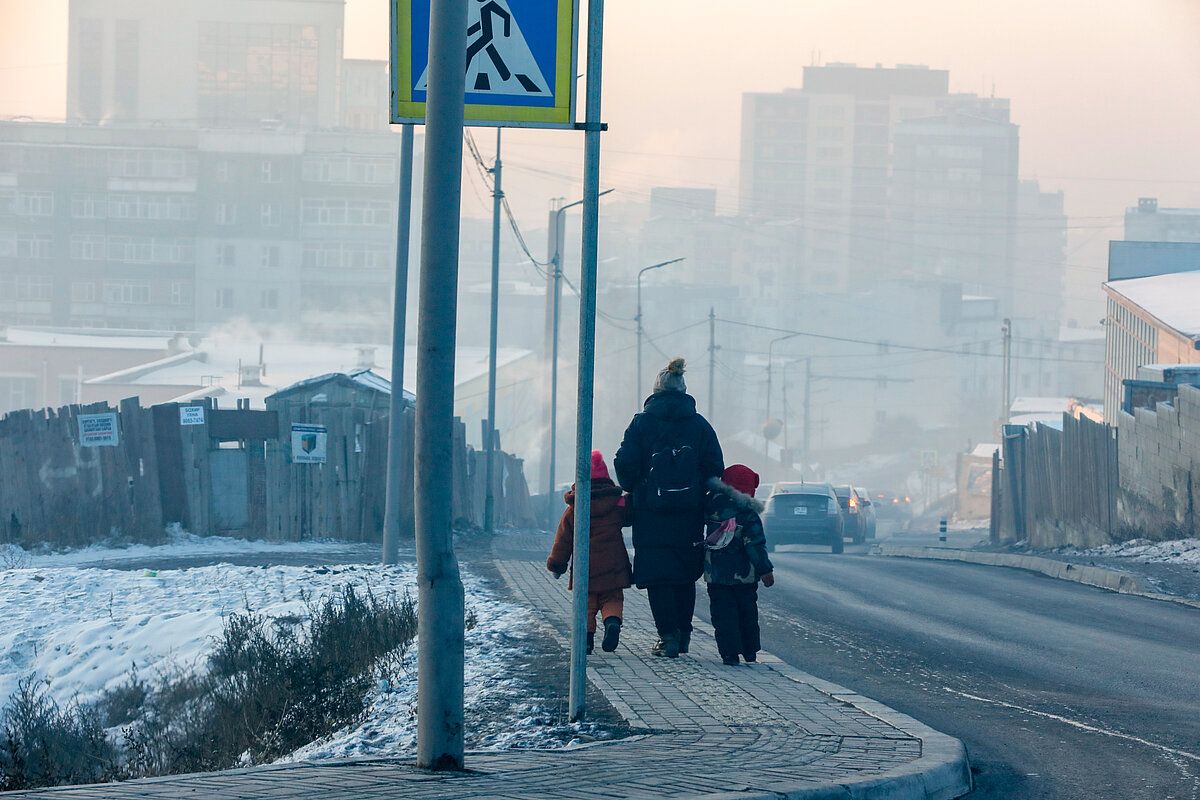
Mongolia, the second largest landlocked country, has a harsh continental climate with extreme temperature swings. Ulaanbaatar, the capital, is one of the coldest cities, with winters at -40°C (-40°F), and northern Khövsgöl reaching -50°C (-58°F). Winters last from November to March, with the “Nine Nines of Winter” tradition marking 81 days of intense cold starting from the winter solstice. Summers are short and hot, averaging +10°C to +26.7°C (50°F to 80°F), but the high elevation and distance from oceans make winters frigid. Nomadic culture adapts with gers (yurts) for warmth.
Coldest Regions: Ulaanbaatar, Khövsgöl, with lows -40°C to -50°C.
Climate Data: January temperatures -15°C to -30°C (-5°F to -22°F), summer +10°C to +26.7°C.
Unique Features: Known for the Gobi Desert, which is cold at night, and traditional winter festivals.
2. Russia
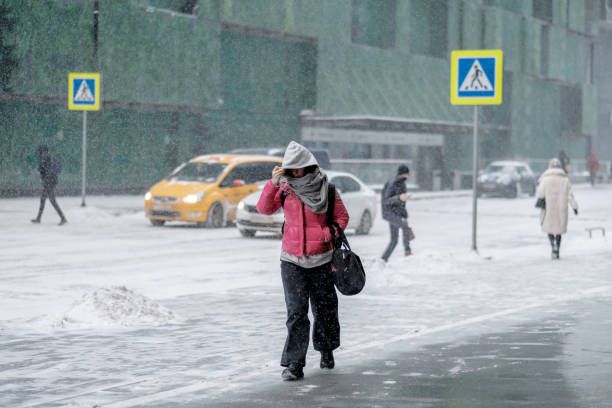
Russia, the largest country, spans multiple climates, with Siberia being the coldest. Oymyakon, in Yakutia, is the coldest permanently inhabited place, with lows of -71°C (-96°F), and Yakutsk sees winters below -40°C (-40°F). Winters are long and snowy, lasting from November to March, with short summers in the north. The continental climate, vast size, and northern latitude make Russia frigid, especially in Siberia, while southern regions like Sochi are milder. The country’s cold is shaped by its distance from oceans and Arctic proximity.
Coldest Regions: Siberia, Oymyakon at -71°C (-96°F), Yakutsk.
Climate Data: Average winter lows -20°C (-4°F) in Yakutsk, record -64.4°C (-83.9°F).
Unique Features: Known for permafrost, ice fog, and the Trans-Siberian Railway through cold landscapes.
1. Canada
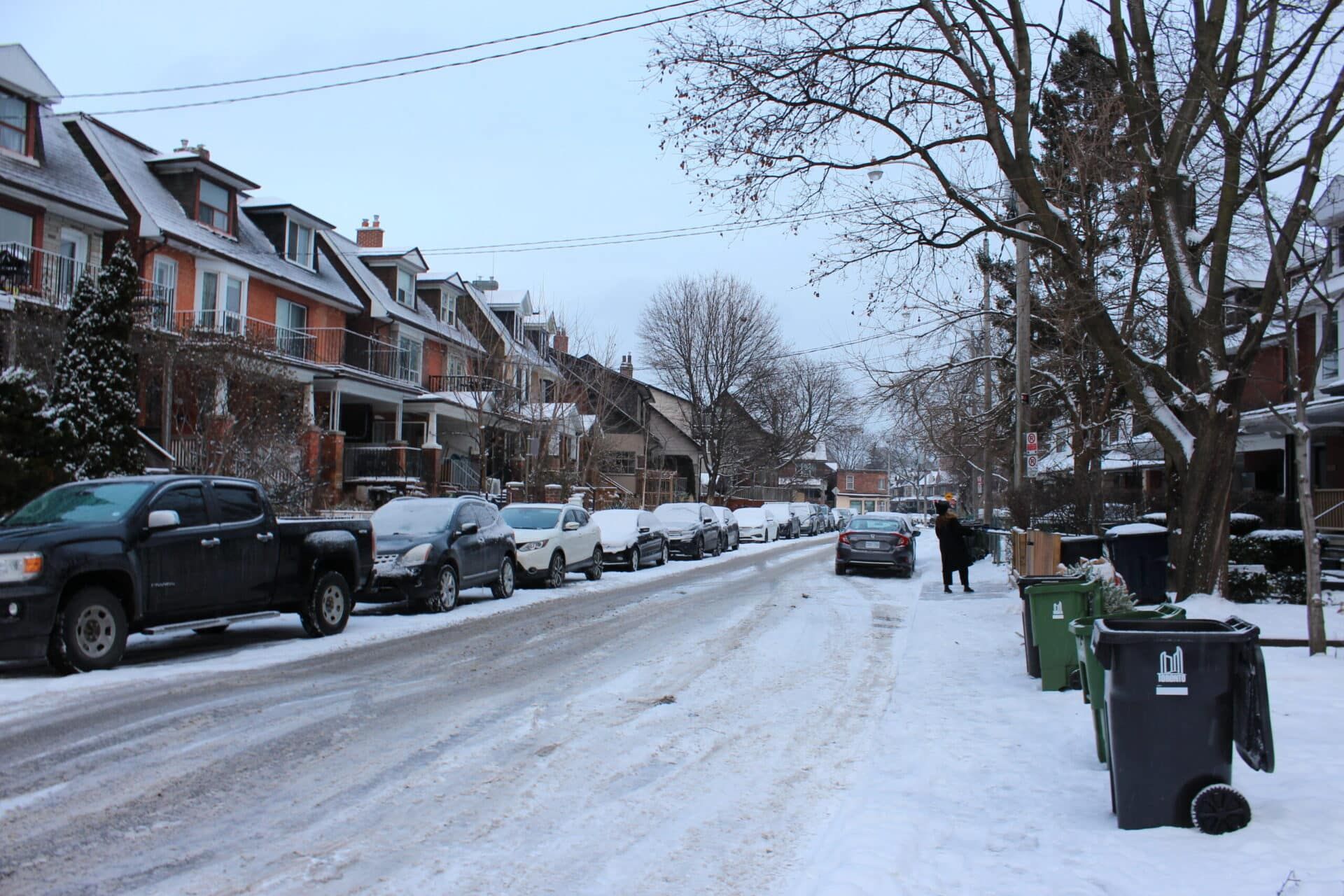
Canada, the second largest country, is the coldest, with northern territories like Eureka, Nunavut, at -19.7°C (-3.5°F) average yearly. Winters see temperatures drop to -50°C (-58°F) in Yukon and Nunavut, with Snag, Yukon, recording -63°C (-81.4°F) in 1947. Winters last from November to March, with heavy snowfall and long nights. Southern regions like Toronto have milder winters, but the Arctic influence and continental air make Canada frigid. Known for frozen landscapes, the Northern Lights, and winter sports, Canada’s cold is shaped by its northern latitude and proximity to the Arctic Ocean.
Coldest Regions: Yukon, Nunavut, with Eureka at -19.7°C (-3.5°F) average, Snag at -63°C (-81.4°F).
Climate Data: Winter lows -40°C to -50°C in north, southern cities around -10°C (14°F).
Unique Features: Home to the coldest inhabited place in North America, offering ice fishing and polar bear tours.

